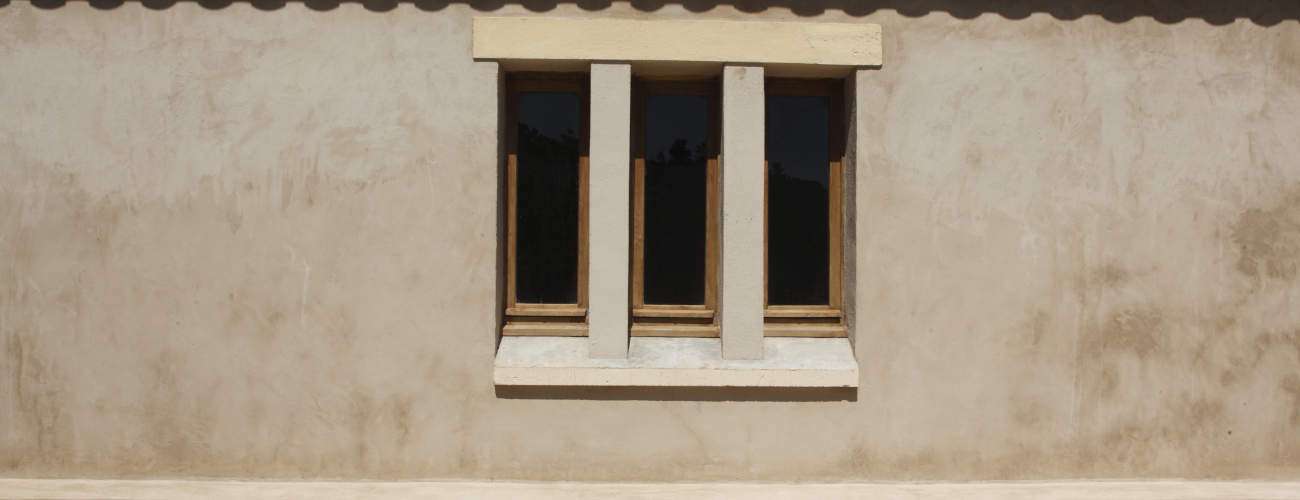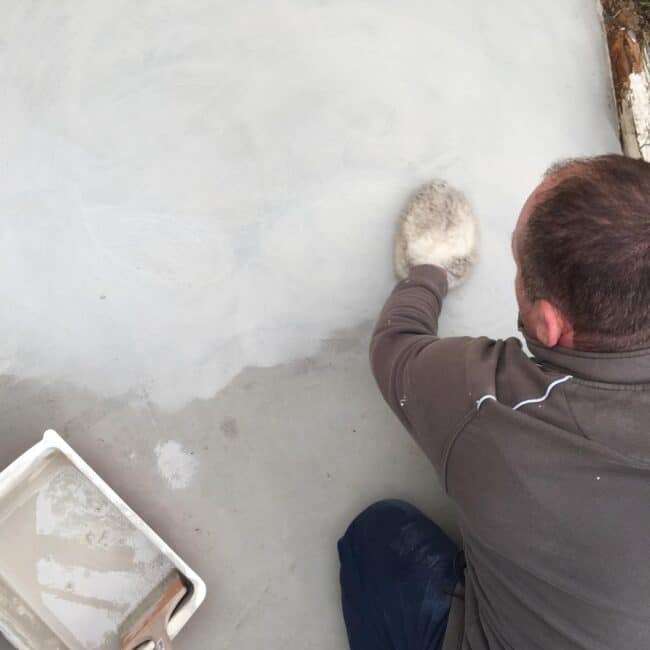Concrete glazes, lime glazes, mineral and organic glazes
Concrete and lime stain: an attractive, long-lasting finish
A colouring system that penetrates mineral materials such as concrete, stone or lime, woodstain is used to
- homogenize concrete or lime of different colors,
- and rectify drips and other aesthetic defects on structures and in the home.
There are two types of woodstain, with different properties and uses: mineral woodstain and organic woodstain.

Mineral glaze for exterior facades, interior floors and new concrete walls
Made from potassium silicate extracted from quartz quarries, mineral glazes can be used to glaze concrete or lime walls.
In a process comparable to the cooling of glass, the mineral glaze crystallizes and fuses with the substrate (“silicification”) to stabilize it while fixing the color.
The color asserts itself, becoming deep and pure, and its longevity is assured.
On façades and exterior walls in cold, damp climates, mineral glazes help prevent and limit efflorescence and run-off as free particles in renders and pigments run off.

What’s more, it doesn’t create a film and therefore doesn’t peel off.
On a dark exterior wall that tends to overheat in summer, mineral stain reflects light and helps lower the temperature of the facade by a few degrees.
In addition to their protective yet breathable properties, mineral glazes play a decorative role: they can be used to tint unsightly gray concrete, or to add color to colored concrete.
Used with a high pigment density, mineral glazes can be used to completely cover concrete that has become worn, aged or unsightly for one reason or another.
Outdoors, mineral glazes actively protect walls and facades against water run-off; indoors, they protect floors against wear and tear, for example:
- concrete living-room floors,
- concrete kitchen floors
- concrete bedroom floors
- concrete bathroom floors.
It can also be applied to interior concrete walls, such as those of a bathroom or shower, provided they have not yet been varnished.
Mineral glazes for interior walls and floors are protected by a varnish finish, for example on bathroom or kitchen floors and walls.
Only mineral glazes can be applied to lime walls.
Organic glaze for interior walls and floors, repairs and renovation
Organic woodstain consists of a polyurethane film mixed with a mineral pigment.
It has the great advantage of being easy to apply over existing varnish, making it ideal for repairs (stained concrete, etc.) or renovation.
Used on both walls and floors, organic woodstain dries very quickly and can be used again within 48 hours.
On lime walls, however, organic glazes should be avoided, as they will block the natural breathing of the lime and contradict its warmth.
Marius Aurenti’s mineral glaze and organic glaze products
Marius Aurenti mineral glaze is available in the 71 colors of the Iris color chart, in 1-liter or 5-liter sizes.
The product comes in two parts, one containing the mineral pigments and the other a diluting agent for dosing opacity and transparency.
Do not add water!
It is applied in two coats to interior or exterior walls.
Marius Aurenti organic glaze is also available in the 71 colors of the Iris color chart, in 1-liter or 5-liter sizes.



How to apply Marius Aurenti woodstain
In the world of decorative concrete, mineral glazes can be applied to floors, walls and furniture, and to both concrete and lime.
On a concrete floor, after drying and sanding, apply the glaze using a sheepskin paint glove or a Planéo smoother; on a large surface, use a microfiber roller or a mop.
After application and drying, sand again.
The stain can be left as is on an interior or exterior wall.
But in a shower, on a floor or on a piece of furniture, a final coat of varnish will be necessary.
How to use Marius Aurenti mineral woodstain?
For over 30 years, this technique has been used to protect interior and exterior walls by coloring and stabilizing the concrete in depth, while preserving the appearance of the raw material.
Visit our videos page to discover how to apply Marius Aurenti mineral stain.
Full details in the technical data sheets.
The benefits of concrete varnish
Glaze protects against water and frost
Although concrete is synonymous with solidity and seems unalterable, in reality it is exposed to many threats and requires protection.
Despite its reputation as a tough material, concrete is vulnerable to a variety of factors that can compromise its durability and structural integrity.
An unprotected concrete wall or floor contains thousands of micro-cavities where water can stagnate.
In the event of frost, the water transformed into ice increases in volume and causes a slow crumbling of the concrete surface.
On the contrary, a glaze clogs all the material’s micro-pores and prevents water from penetrating.
What’s more, water means life: we’re generally delighted, except when your pretty facade or walls become covered in moss and lichen, and when your elegant white, beige or grey concrete turns greenish, brownish or blackish!
Here too, by filling cracks, the stain inhibits the growth of algae and microscopic fungi (algicidal, fungicidal and germicidal properties).
Glaze protects against greasy stains and aerosols
Walls and floors are naturally exposed to greasy stains.
The kitchen produces greasy fumes that spread everywhere.
Fingers gradually leave yellowish marks near light switches.
If the concrete is not protected, even a degreasing cleaning will leave traces in the thousands of tiny holes in your beautiful concrete.
Once again, mineral stain and varnish finishes come to the rescue to play an oil-repellent role: you can spill your deep-fat fryer on your concrete kitchen wall, and simply sponge it off to restore a clean, smooth surface.
It’s also well known that city air is polluted in many ways by machine emissions, while country air is loaded with organic dust and other pollens, which settle on walls and floors and, with humidity, penetrate concrete cavities.
One last time, a coat of woodstain or varnish will save your life: on their smooth surface, airborne pollutants will find nowhere to cling, and rain will simply wash them away.
Other advantages of a mineral or organic stain include :
- stabilize efflorescence outdoors
- mineral glaze lets the substrate breathe
- both glazes offer excellent UV resistance
- mineral varnish is environmentally friendly and contains no solvents or VOCs
















